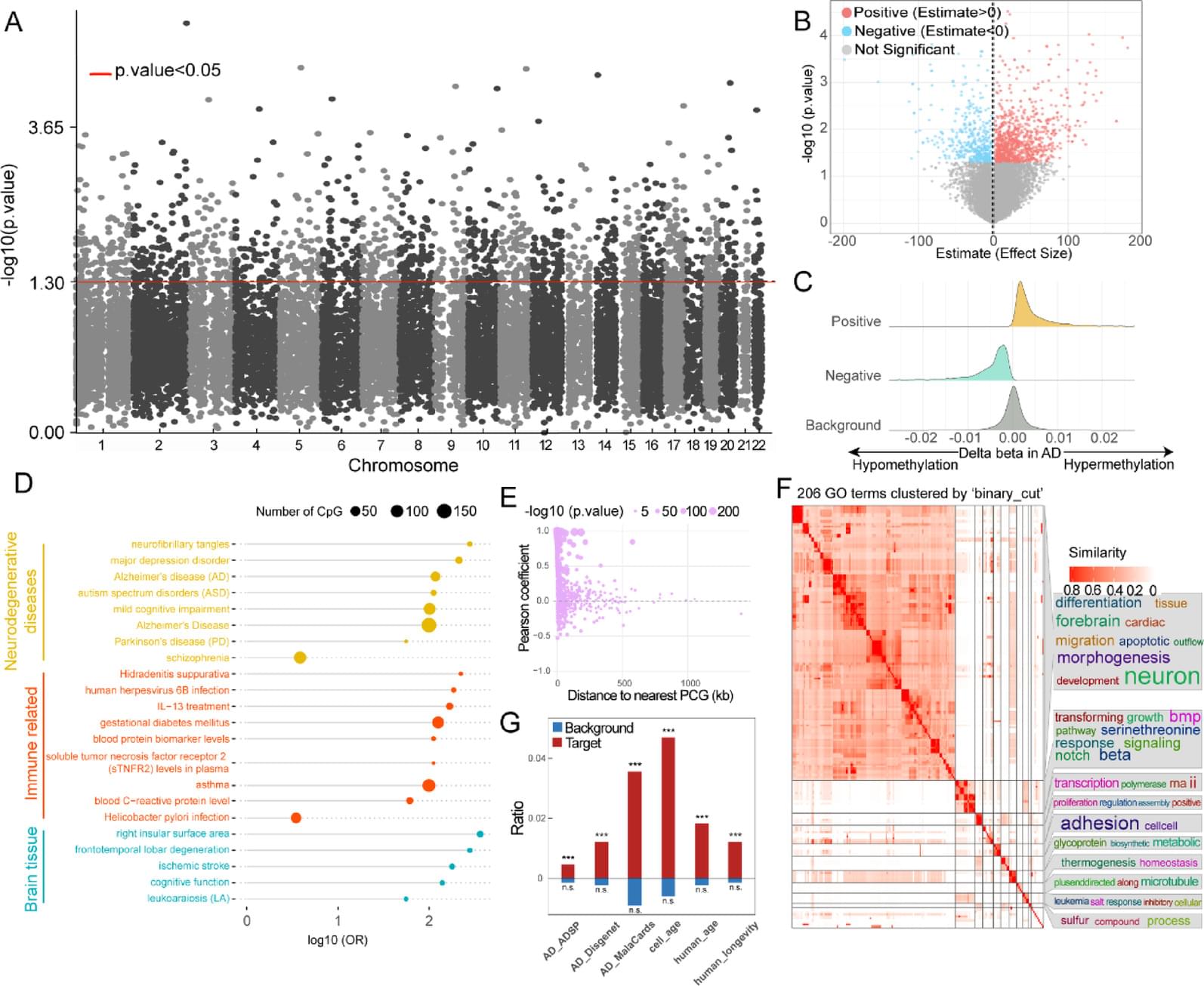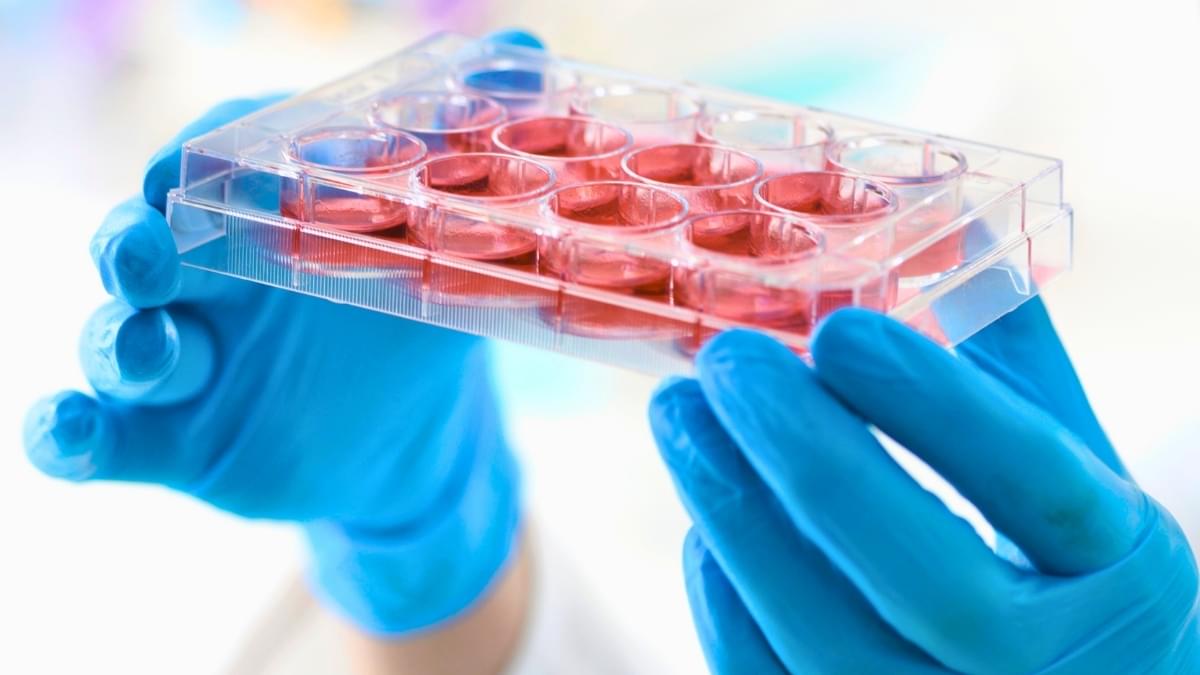Genetic engineering and human enhancement are no longer science fiction — they’re here right now. In this episode of Longevity Science News, we explore the rise of gene therapy, anti-aging biotechnology, and the first wave of GMO Humans using real genetic enhancements to increase muscle, extend telomeres, boost IQ, and slow biological aging.
If you’re interested in longevity, life extension, biohacking, genetic modification, or cutting-edge anti-aging research, this video breaks down everything you need to know about the future of human evolution — and the people already jumping in.
HUME BODY ANALYZER:
Use Code: LONGEVITY for up to 50% OFF
https://humehealth.com//discount/LONG… FEATURED: BioViva Keynote by Liz Parrish Watch the full keynote here: • The First Person to Take Gene Therapy for… This talk covers viral vectors, telomere extension, muscle-growth gene therapies, cognitive enhancement, dementia treatment, and the global expansion of experimental genetic clinics. Chapters: 00:00 – Cold Open — FDA Gene Cures 00:35 – Liz Parrish & BioViva 01:35 – Sebastian A. Brunemeier 02:48 – HUME Body Pod 03:55 – Currently Available Genetic Cures 04:48 – How To Get Access 08:00 – Safety & Pricing 08:22 – Right to Try Debate 09:20 – Follistatin Results 10:50 – Telomere Extension 11:50 – Klotho & IQ Boost 13:26 – IQ & Society 14:35 – Dementia Gene Therapy 15:40 – Custom Therapies 16:20 – Conclusion • FDA-approved genetic cures • BioViva’s gene enhancement results • Follistatin gene therapy for muscle growth • Telomerase (TERT) for biological age reversal • Klotho gene therapy for cognitive enhancement • Dementia gene therapy case studies • Medical tourism for experimental gene treatments • How to access unapproved gene therapies • AI’s role in designing next-gen genetic interventions • Personalized & bespoke gene therapies • Ethical questions about enhancing IQ, strength, and lifespan • The future of human evolution & GMO humans 👤 EXPERTS & SOURCES FEATURED Liz Parrish — BioViva Sciences LinkedIn:
/ lizlparrish Sebastian Brunemeier — Cambrian Bio / Long Game Ventures LinkedIn:
/ sebastianlongbio Long Game Ventures:
/ longgame-vc Wired Magazine — Medical Tourism & Gene Therapy Pricing https://www.wired.com/story/bioviva-g… Extended Interview: Montana Senator Ken Bogner
• Ken Bogner Full Interview 🔗 FULL INTERVIEWS & BONUS CONTENT Get extended conversations, deep dives, and behind-the-scenes research on Patreon: 👉
/ u29506604 💬 JOIN THE DISCUSSION Would you use gene therapy to slow aging? Would you enhance your muscle, intelligence, or longevity? Do you think we should expand access to experimental anti-aging treatments? Let me know in the comments. 🧪 Longevity Science News PRODUCTION CREDITS ⎺⎺⎺⎺⎺⎺⎺⎺⎺⎺⎺⎺⎺⎺⎺⎺⎺⎺⎺⎺ Executive Producer – Keith Comito @Retromancers Host, Producer, Writer – @emmettshort
🔬 FEATURED: BioViva Keynote by Liz Parrish.
Watch the full keynote here:
• The First Person to Take Gene Therapy for…
This talk covers viral vectors, telomere extension, muscle-growth gene therapies, cognitive enhancement, dementia treatment, and the global expansion of experimental genetic clinics.
Chapters:








